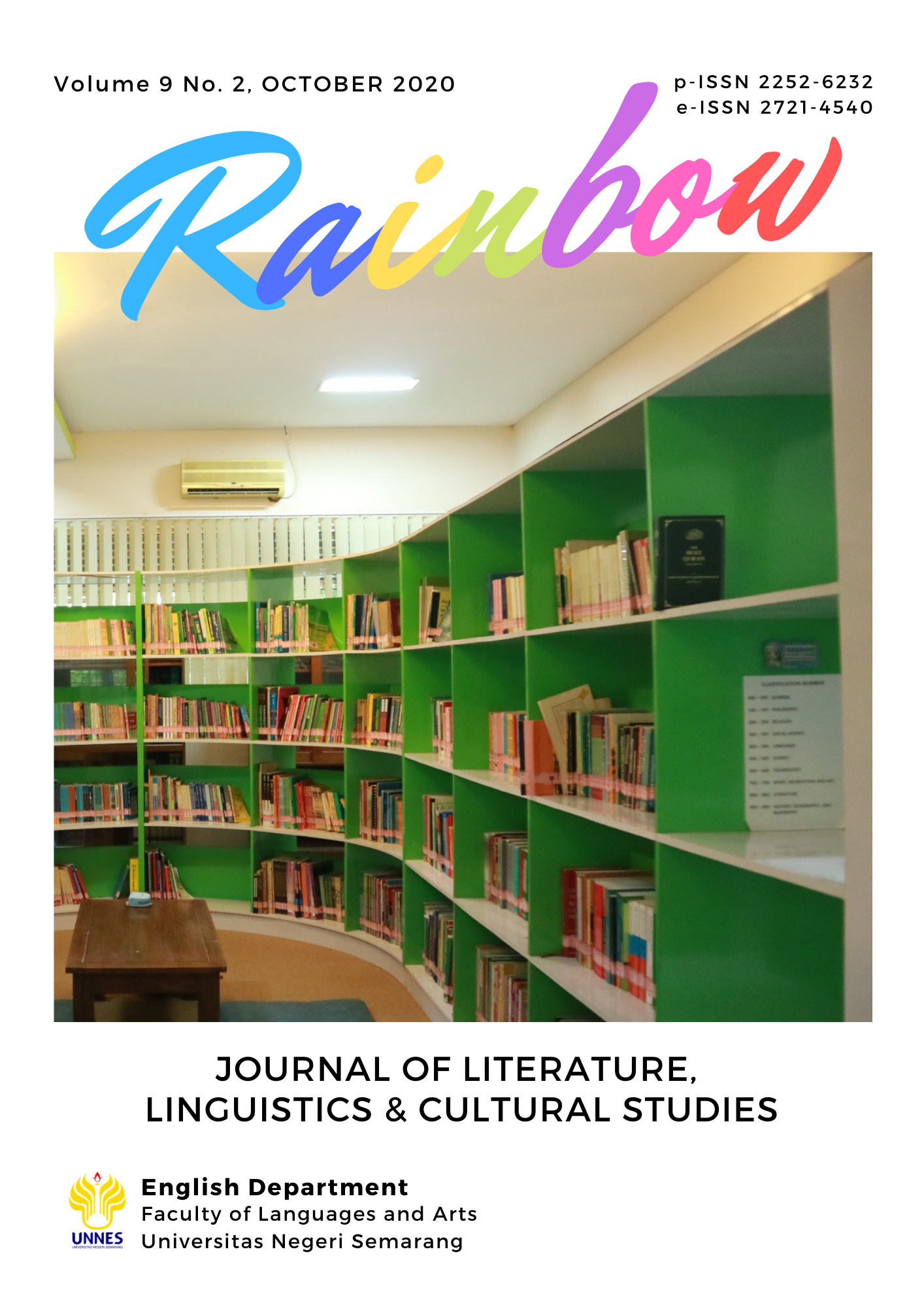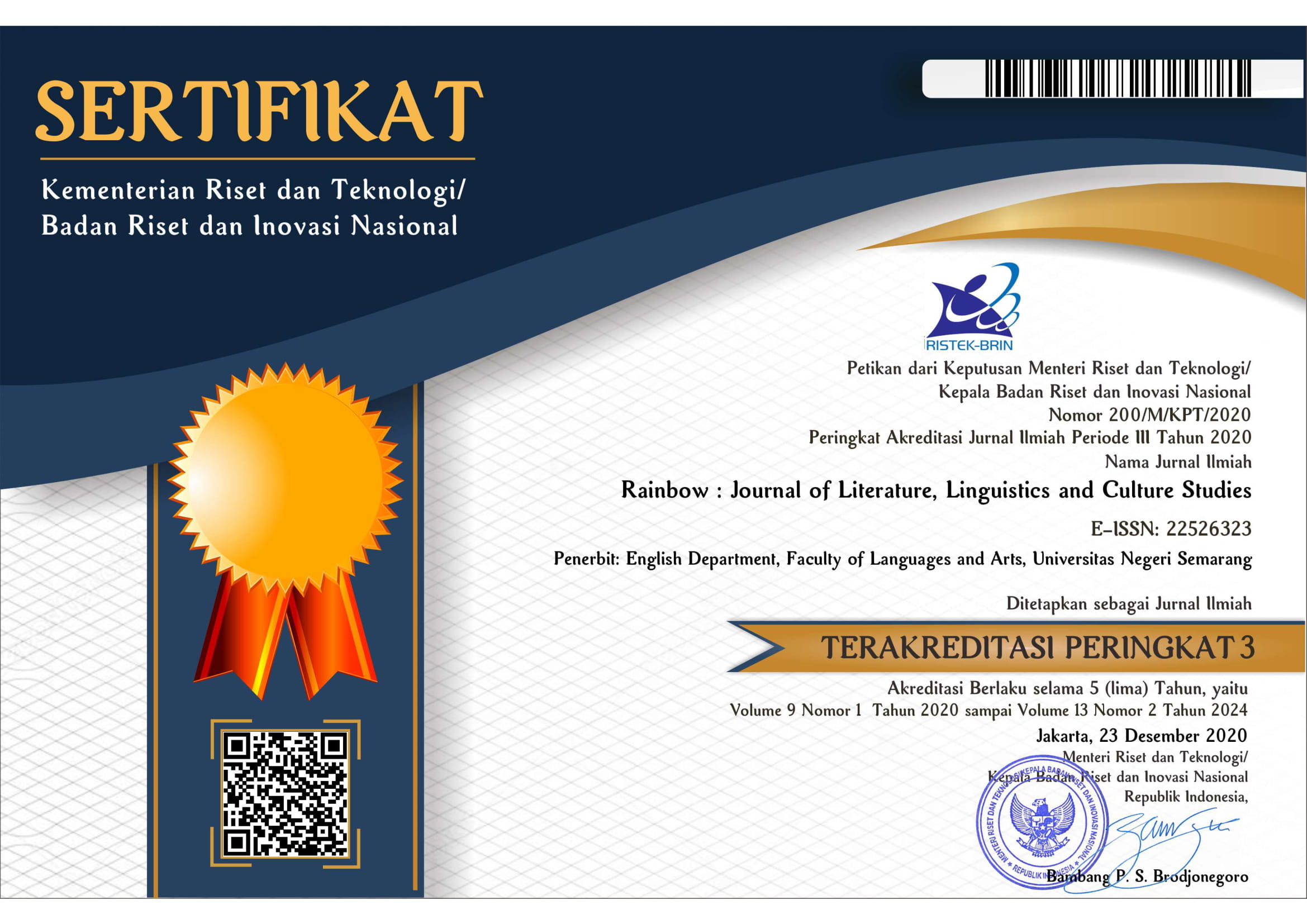Nora’s Metamorphosis from A Doll Child into A Reasonable Human Being
Reading Henrik Ibsen’s 'A Doll’s House'
Abstract
Henrik Ibsen is deemed to be one of the major Norwegian playwrights of the late 19th century whose famous play A Doll’s House manifests a wide variety of social and individual concerns, some of which transcend times and ages and thus become all-time contemporary. This paper mainly focuses on one such concern of an individual- Nora Helmar’s quest of self-identity- which gets unfolded through many other interrelated social issues that altogether result in her complete transformation. This study identifies how Nora who we notice at the beginning of the play as a naïve and submissive woman, changes herself into an outspoken, autonomous and unyielding human being towards the end of the play. It also attempts to highlight Nora’s numerous struggles against the patriarchal hegemony of the society and outlines how these struggles contribute to developing in her a sense of progressive self-awakening which eventually shapes her self-identity as an independent woman, the ultimate destination of her journey of self-discovery. This study finally explores the underlying forces both from within and outside the family working as catalysts behind making Nora a metamorphosed one.
References
DÜZGÜN, Ş. (2018). A Cultural Materialist Approach to Gender Relations in Ibsen’s A Doll’s House. Hacettepe Üniversitesi Edebiyat Fakültesi Dergisi, 35(2), 85-94. DOI: 10.32600/huefd.430480
Eslamie, R., & Mazandarani, H.A. (2015). An investigation of Adlerian psychoanalytic feminism in a Doll’s House. Journal of Scientific Research and Development, 2(1), 96-104. Available online at www.jsrad.org
Finney G. (1997). Ibsen and Feminism: The Cambridge Companion to Ibsen. Ed.James Mcfarlane. Cambridge: Cambridge University Press.
Gilman, R. (1974). The Making of Modern Drama: A Study of Büchner, Ibsen, Strindberg, Chekhov, Pirandello, Brecht, Beckett, Handke. Yale University Press.
Holledge, J., & Tompkins, J. (2000). Women's intercultural performance. London: Routledge.
Ibsen, H. (2009). A Doll’s House. Pennsylvania: A Penn State Electronic Classic Series Publication.
Johnston, B. (1989). Text and Supertext in Ibsen’s Drama. The Pennsylvania State University Press:University Park and London.
Kussman, B. (2018). “Loveless Marriage: A Look at Henrik Ibsen’s “A Doll’s Houseâ€. Owlcation-Humanities-Literature. Available at https://owlcation.com/humanities/Loveless-Marriage-A-look-at-Henrik-Ibsens-A-Dolls-House#:~:text=Loveless%20Marriage%3A%20A%20Look%20at%20Henrik%20Ibsen's%20%22A%20Doll's%20House%22,Updated%20on%20February&text=In%20the%20eyes%20of%20a,to%20gain%20stability%20and%20securiy
Lavender, J. (2008). Seeking the Greatest Miracle: Psychological Mythology in Ibsen’s A Doll’s House. The Corinthian, 9(1), 119-127. Available at http://kb.gcsu.edu/thecorinthian/vol9/iss1/7
May, T. (1987). An economic and social history of Britain, 1760-1970. New York: Longman.
Northam, J. (1965). Ibsen's Search for the Hero. Ibsen: A Collection of Critical Essays. Ed. Rolf Fjelde. Englewood Cliffs: Prentice-Hall, 91-108.
OrtÃn, S. P. (2009). A Doll’s House: A Victorian or a Present-Day Toy?. ODISEA. Revista de estudios ingleses, (10), 131-141.
Peterson, M. J. (1989). Family, love, and work in the lives of Victorian gentlewomen (Vol. 509). Bloomington and Indianapolis: Indiana University Press.
Templeton, J. (1989). The Doll House Backlash: Criticism, Feminism, and Ibsen, PMLA 104(1), 28-40. Available at
http://www.jstor.org/discover/10.2307/462329?sid=21105343353041& uid=4&uid=2.
Wiseman, M. C. (2010). "Nora as a Doll in Henrik Ibsen's A Doll's House. "Inquiries Journal/Student Pulse, 2 (3). Available at http://www.inquiriesjournal.com/a?id=1680
Yuehua, G. (2009). Gender Struggle over Ideological Power in Ibsen’s A Doll’s House. Canadian Social Science, 5(1), pp.79-87.







